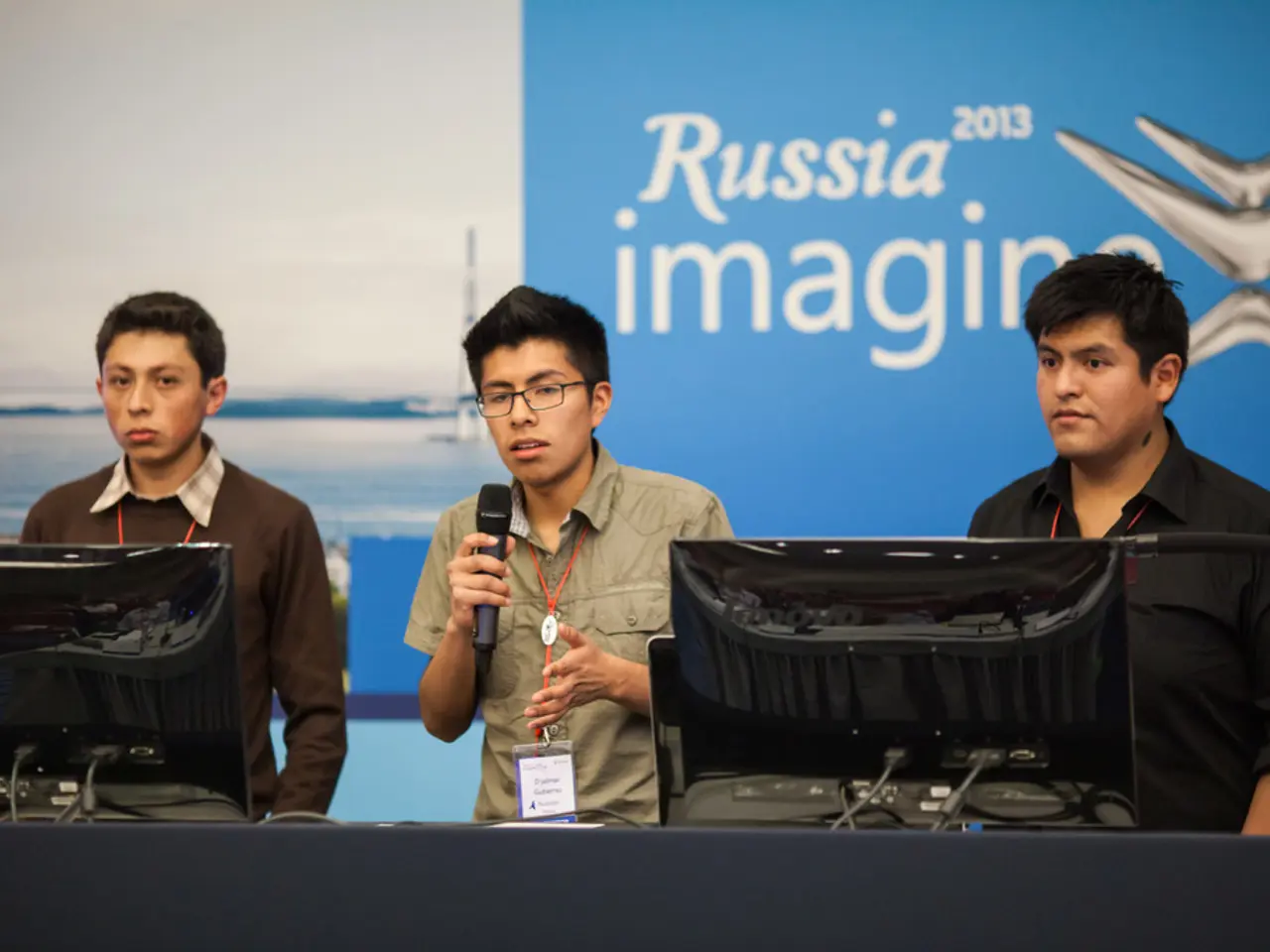Exploring the historical context of antiquity: Revisiting Günther Anders' anthropological perspectives in the mechanized era
In 1956, German philosopher Günther Anders published his magnum opus, "The Obsolescence of Human Beings." This groundbreaking work serves as a profound critique of modern technology and its impact on human society, particularly in relation to advanced machinery and media.
Anders, an intellectual nomad who oscillated between various locations and disciplines throughout the 20th century, argued that the rapid advancement of technology has created a fundamental "desynchronization between man and his world." This desynchronization, he warned, leads to human obsolescence and alienation in relation to the tools and systems they produce.
This desynchronization is not merely intellectual, but also bodily, as Anders' experiences in American factories shaped his perspective. He saw humans becoming mere mechanical interfaces, as the machine's rhythm writes itself into the limbs.
Anders' work on technological overload, media irreality, and latent apocalypse remains frighteningly current. His critique resonates strongly in the contemporary context of AI, pervasive digital media, and the "hybridization" of human-machine interactions, where questions of authorship, responsibility, and control become increasingly complex.
The Obsolescence of Human Beings serves as a foundational philosophical lens to examine current issues such as:
- The widening gap between technological progress and human cognitive, moral, and social adaptation.
- The risks of systemic vulnerability masked by apparent abundance, and the deepening inequalities technology can exacerbate.
- The challenge to human identity and interaction in an environment mediated by sophisticated machines and AI, which alter how we communicate and relate to each other.
- The ethical and existential implications of humans being outpaced or overshadowed by their own creations.
Anders' style was a staccato of warning, the pathos of despair, and his language was agitatorial - and precisely for that reason effective. He saw himself more as an activist than a theorist in the 1980s, and became actively involved in the anti-nuclear movement.
Anders' work is part of a larger chorus of cultural critique, including Theodor W. Adorno, Max Horkheimer, Arnold Gehlen, and Hans Freyer. He shared a residence with Robert Jungk, the historian of the nuclear threat, and was politically unpredictable.
Born in 1902 as the son of psychologists Clara and William Stern, Anders linked Hiroshima and Auschwitz as "twin events" of industrial destruction and dehumanization. Man, according to Anders, becomes a mass solitary - connected and yet isolated, omniscient and yet apathetic.
In essence, The Obsolescence of Human Beings remains a crucial theoretical framework for understanding the tensions and dangers posed by modern technology and media, urging reflection on how humans might respond or adapt without losing their fundamental humanity.
Science, technology, and Anders' work serve as a profound critique of these advancements, highlighting the disconnect between humanity and their creations. This desynchronization, a fundamental issue in science and technology, leads to a troubling obsolescence and alienation, as seen in the case of humans becoming mere mechanical interfaces in the process of production.




